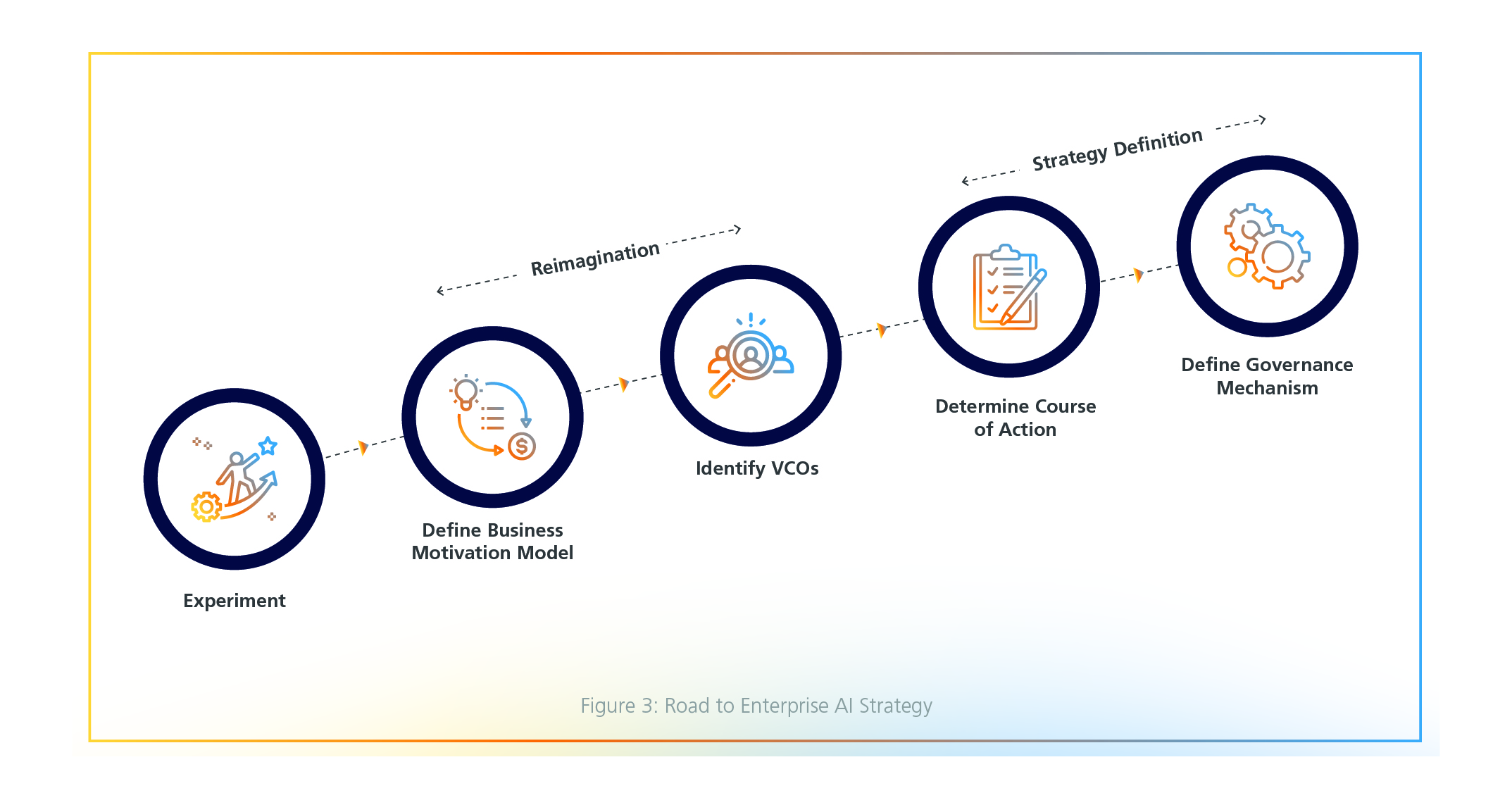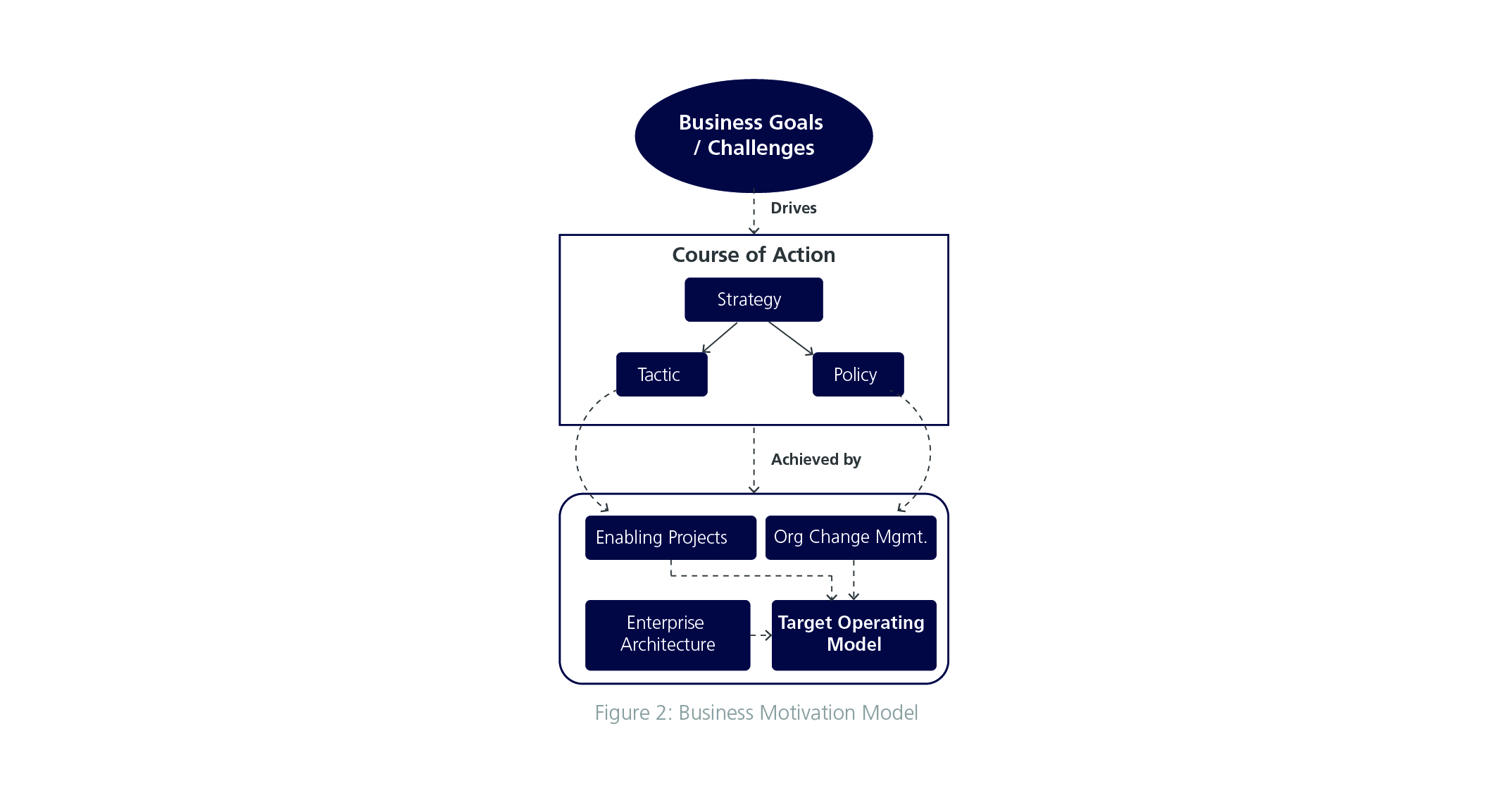A Step-by-Step Guide to Crafting a Value-Aligned Enterprise AI Strategy
Businesses are eagerly embracing AI, especially Gen AI, and investing significant time and resources into understanding its capabilities. However, many are still in the experimental phase, testing different solutions without a clear and strategic approach. While numerous experiments and pilots have been conducted, achieving meaningful business value has proven challenging. Businesses must adopt a systematic and comprehensive approach to fully unlock the power of AI and create sustainable value for their businesses.
LTIMindtree’s survey, The State of Generative AI Adoption, revealed that the AI Strategy Gap is a significant adoption hurdle for over 72% of the respondents. Early adopters, constituting 51%, acknowledged the indispensability of a clear AI strategy for achieving success. With the participation of over 450 CXOs in this study, it is evident that success in Gen AI adoption is intricately linked to formulating a well-defined AI strategy aligned with business goals.
Business motivation as the driving force
At the core of every enterprise AI strategy lies a fundamental understanding of business motivation. Rather than starting with what AI can do, beginning with a clear vision of what your business aims to achieve is crucial. This approach ensures that investments in AI are directly aligned with your organization’s objectives. But why is considering business motivation critical when defining an enterprise AI strategy? Here are a few reasons why:

By prioritizing business motivation, an organization can ensure its AI strategy is aligned with its goals, minimizes inefficiencies, and effectively addresses potential risks.
Our Business Motivation Model (BMM) provides a framework to discover your business vision and objectives and how to link your AI strategy to these elements.

Enterprise AI strategy led by business motivation
Many businesses leverage AI to improve ‘efficiency’ in their processes, essentially focusing on improving what they already do. Yet, there is greater potential to enhance the process’s ‘effectiveness’ by reimagining and innovating beyond current practices. The business motivation modeling exercise helps think holistically and identify value-creation opportunities across the value chain.
It begins with envisioning your desired future state, then extends to reimagining work processes, identifying tactics or opportunities for value creation by leveraging AI, assessing risks, and selecting appropriate technology solutions. Once implemented, managing change and ensuring responsible governance become pivotal.
Mastering tomorrow: Create your Enterprise AI strategy

Step 1 – Experiment: Enterprises must experiment with AI/Gen AI technologies to better understand them before defining their AI strategy.
Step 2 – Define Business Motivation Model: As mentioned earlier, an effective AI strategy should be led by the organization’s business stakeholders and oriented toward delivering ‘effective’ business outcomes by reimagining how we work with AI.
Step 3 – Identify value creation opportunities (VCOs): VCOs are points along the value chain where efforts can be reduced, business intelligence can be embedded, decision-making can be improved, and customer experience can be elevated. They can manifest in various forms:
- New ways of working: Improving productivity through process optimization
- New experiences: Enhancing customer experiences through personalized interactions
- New capabilities: Empowering your workforce with AI-driven tools and insights
- New business models: Pioneering innovative business models to capture new markets or revenue streams
Step 4 – Determine course of action: Once VCOs are identified, we must prioritize those by aligning with the business goals identified in the Business Motivation Model. For implementing the prioritized VCOs, a variation of the classic “rent, buy, or build” decision exists. For example, in the Insurance sector, niche InsurTech players are addressing Submission Intake, Loss run extraction, fraud analytics, etc. At the same time, many hyperscalers and open source providers offer components that can be leveraged to create your custom solution. The choice between these options depends on various factors, such as objectives, investments, data quality, availability of skilled workforce, and most importantly, the regulatory framework and utilization of Mindful AI principles.
AI in Action: Aligning opportunities with business motivation
To illustrate the concept further, we take up some insurance-specific examples across the underwriting value chain:

Step 5 – Define governance mechanism
Finally, establishing responsible AI guiding policies is essential to govern the development and deployment of AI applications and guard against inherent bias, hallucinations, security/legal risks, and lack of explainability.
Success metrics and stakeholders
To measure the success of your AI strategy, establish clear success metrics that align with your business objectives.
Some examples of success metrics are as below :
To successfully navigate the AI journey, it is crucial to identify key stakeholders within your organization who will be impacted by the metrics and actively involved in the process. To foster transparency and collaboration, sharing information about your AI projects widely and openly within your organization is essential. Communicate the project’s goals and provide detailed explanations of the measures being taken to ensure security and combat bias.
By involving key stakeholders, sharing information openly, and addressing concerns about job displacement, you can create a culture of trust and inclusion throughout your organization as you embark on your AI journey.
In conclusion, crafting a winning AI strategy requires a systematic approach. Start with a deep understanding of your business motivation, leverage the Business Motivation Model, and create a strategy that addresses specific value-creation opportunities. Consider industry-specific examples and success metrics to ensure your AI journey aligns with your business goals.
Remember that strategy is not static but dynamic, adapting to the ever-changing business environment.
Redefine your generative AI strategy — Download Our Report for strategic insights!
More from Amit Unde
Micro-services, although undeniably the flavor of the season, is a much-misunderstood architecture…
Artificial Intelligence (AI) has emerged as the most promising technology over the last couple…
The Insurance Industry has a long history. It is known for its size and stability. As far as…
Latest Blogs
Core banking platforms like Temenos Transact, FIS® Systematics, Fiserv DNA, Thought Machine,…
We are at a turning point for healthcare. The complexity of healthcare systems, strict regulations,…
Clinical trials evaluate the efficacy and safety of a new drug before it comes into the market.…
Introduction In the upstream oil and gas industry, drilling each well is a high-cost, high-risk…





